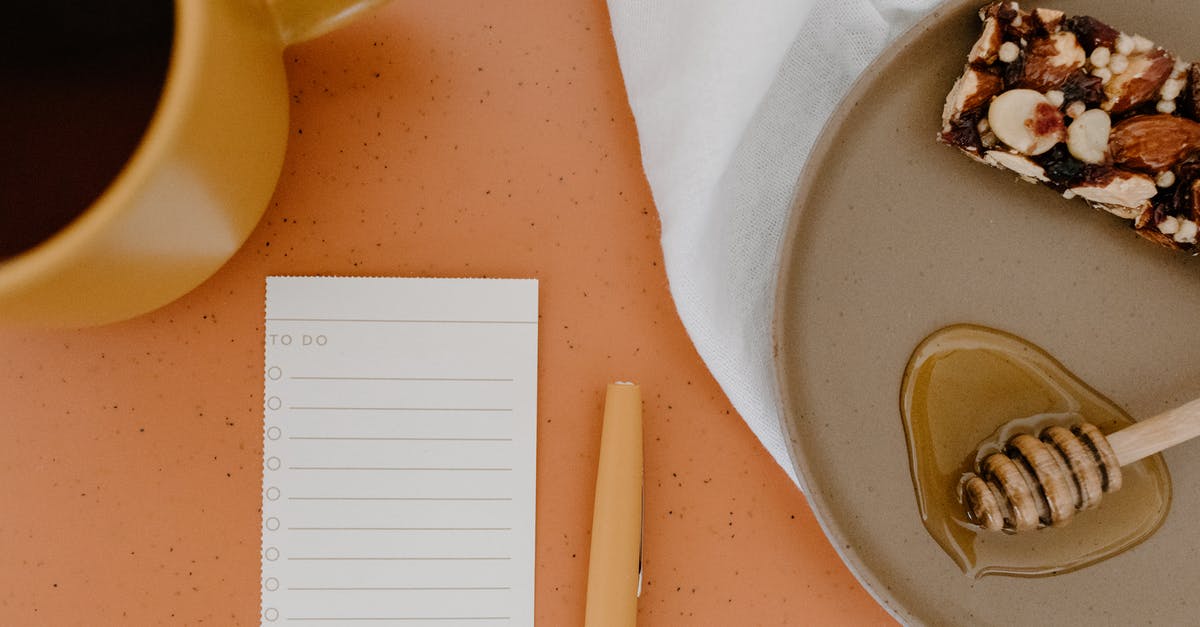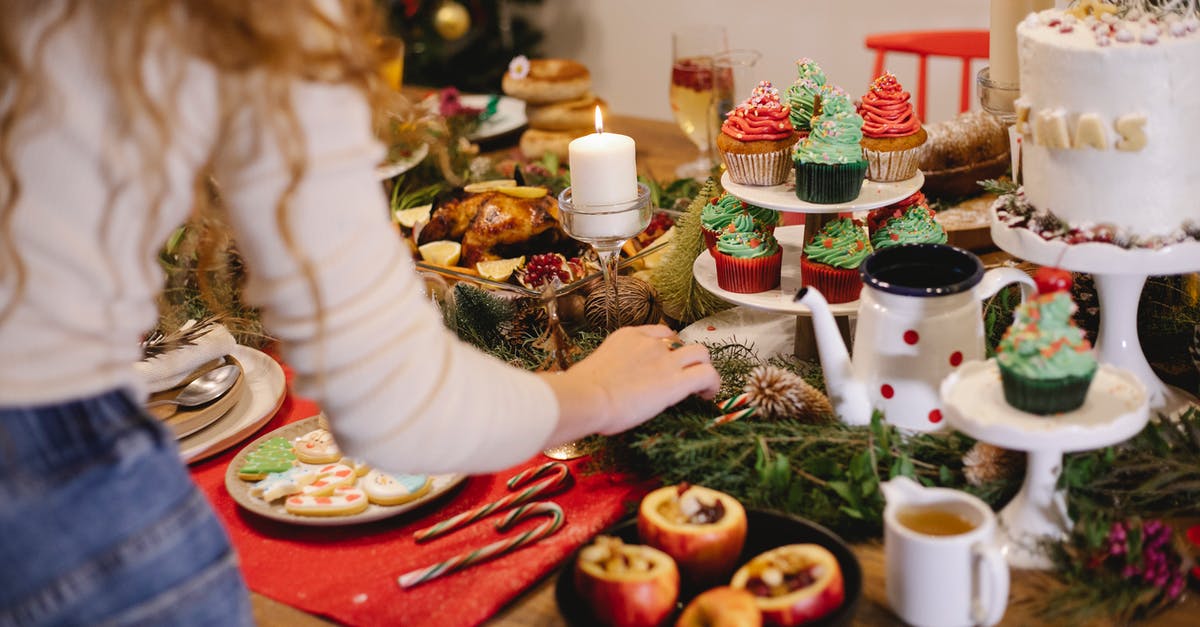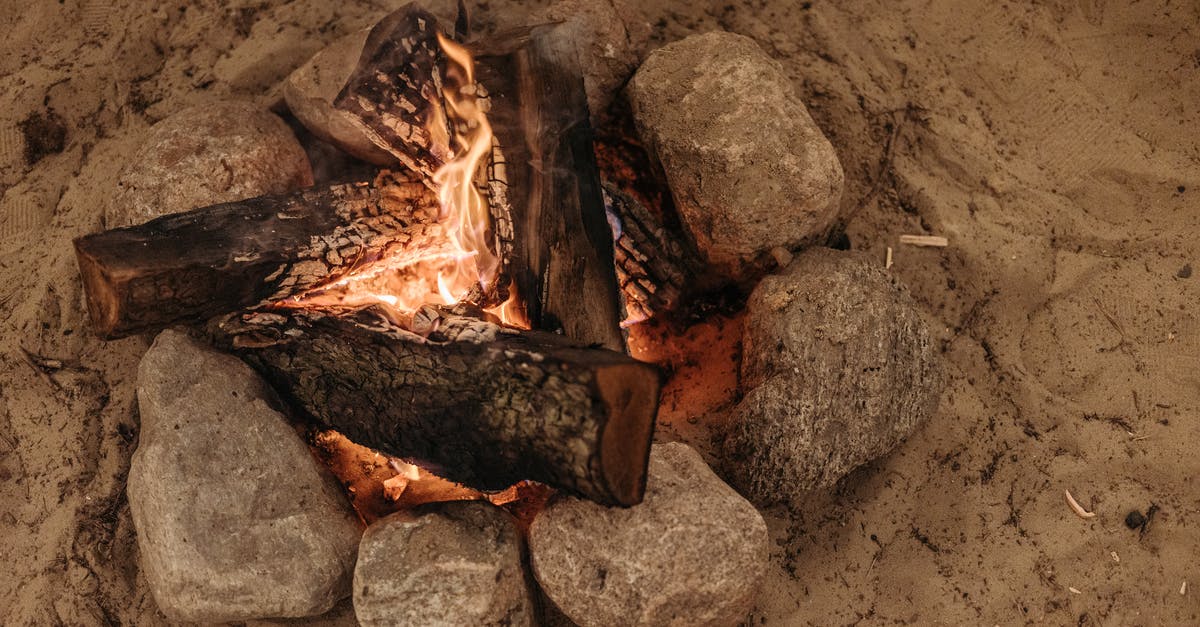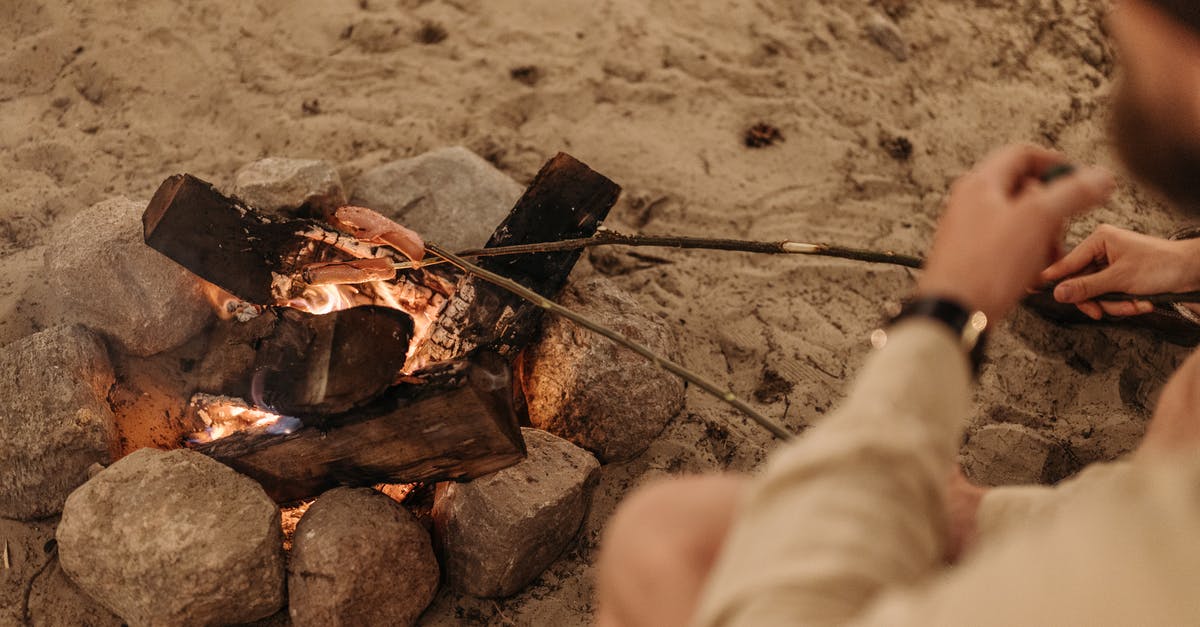How do I safely caramelize honey without fully burning it?

Background: I am going to make a bochetomel, which is a type of mead that utilizes partly caramelized honey to impart a smokey/slightly burnt taste to the finished product. The honey I have bought for this was expensive local produce, and I would like to avoid ruining it!
Question(s): What is the best way to go about caramelizing honey? If I were to make an uninformed attempt, I'd just whack it in a saucepan and gradually heat it... Is there a better method? Is it worth adding a little water to help stop it burning?
Finally, how will I know when the honey is caramelized? I have heard rumors of a 'soft ball stage' of caramelization that is ideal for brewing... does anyone have any experience with this that can confirm this exists?
Best Answer
A candy thermometer is pretty much always the answer when it comes to candymaking, which includes caramelizing sugar.
Assuming the soft ball stage is indeed the best for brewing, all you have to do is keep track of the temperature: the soft ball stage is at 112-116C/234-241F.
While you can certainly buy specialized candy thermometers (they often have clips to attach to the pot), all you really need is a thermometer that's accurate in that range and can be easily dipped into your pot. (That is, don't use some old glass thermometer not meant for candy, but a kitchen thermometer with a metal probe is fine, whether or not it was sold as a candy thermometer.) Make sure that you have it in the liquid, not touching the bottom of the pot.
Note that this is well short of burning; there are several other stages hotter than that. So just don't use excessive heat, and keep an eye on it, and you won't have any disasters. This is also likely why people are a bit suspicious that this is the right stage to aim for: table sugar doesn't start browning until you're past all the candymaking stages, up to ~170C/338F. However, table sugar is pure sucrose, while honey has a lot of imperfections and is monosaccharide fructose and glucose, so it likely caramelizes much faster, so this may well be a good stage/temperature range.
There's also a way to test without a thermometer, but it's more difficult to get right on the first try. The stage is named the soft ball stage because if you take a bit of the syrup at that stage and drop it into cool water to quickly cool it, you'll end up with a soft, smooth ball/lump.
Adding water doesn't really help here. The temperatures are well above boiling, so the water is really just there to help get things going initially; the water helps ensure that there's something in contact with the whole bottom of the pot (no hot spots to form), and lets things flow around a bit, so you get to melted sugar with less fuss. Since you're starting with honey, you're already fine. Even if it starts out thick, it'll rapidly get thinner as it heats. All that will happen if you add water is that it'll take longer for all the water to cook off so that the temperature can rise to where you want.
Finally, this isn't what you asked, but if your goal is flavor, you can also simply heat slowly until it starts to brown/darken a bit and smell good, and then immediately remove the pot from the heat. The "slowly" is really important, because once the water is gone, the temperature will rise rapidly. You can still use a thermometer to help out with this plan, by watching for the temperature to pass 100C and start to increase more quickly; at that point you want to make sure the heat is very low and you're ready to move the pot.
Pictures about "How do I safely caramelize honey without fully burning it?"



Quick Answer about "How do I safely caramelize honey without fully burning it?"
As Jefromi said, the key to not ruining your honey will be to add heat slowly and evenly. Use a low-heat setting and continuously sample the mixture. Once actual caramelized sugars start to form (a portion of the sugar burns), you should notice it in the smell and taste.Can you caramelize with honey?
Place the honey, water and lemon juice in a small pan and bring to a steady simmer on medium heat while stirring. Once the honey mixture begins to bubble, stop stirring and let the honey sit for 1\u20132 minutes until it deepens in color and releases a nutty aroma. That's how you know it is caramelized.At what temperature does honey caramelize?
Heating up to 40\xb0C (104 F) destroys invertase, an important enzyme. Heating up to 50\xb0C (122 F) for more than 48 hrs. turns the honey into caramel (the most valuable honey sugars become analogous to sugar). Heating honey higher than 140 degrees F for more than 2 hours will cause rapid degradation.How do you make honey bochet?
The author explains that Bochet is made by boiling and (constantly) stirring soft honey until the bubbles from the boil give off a black-ish steam. Then, move the honey off the heat and add water, still stirring. Strain, add it to a cask, and pitch beer into it, then cover it up.What does burnt honey look like?
Something magical happens when you cook honey. It turns nutty and golden brown. This process is called caramelization. Caramelization is what happens when sugar oxidizes and breaks down.Bochet: Caramelized Honey Mead
More answers regarding how do I safely caramelize honey without fully burning it?
Answer 2
In the event that you aren't keen on buying/using a candy thermometer, I thought I'd add some additional information.
The 'soft ball' stage in candy-making is the stage where the sugar has thoroughly melted - meaning it's no longer granulated. The non-thermometer testing method is to drop a small amount of the mixture into cool water, and see if it forms a soft ball.
When making a generic caramel, you're mixing butter and sugar, and heating until the sugar melts. If you add this mixture to water prematurely, it separates into sugar crystals and oil. If the sugar is melted, the mixture hardens without separating - the liquid sugar reforms to a uniform, connected, solid.
But this doesn't seem like what you actually want...
You want to impart a small amount of 'smokiness' to the flavor. Merely getting to the soft ball stage will, yes, melt your sugar crystals and change the consistency of your honey, but you'll need to go further to actually change the flavor.
As Jefromi said, the key to not ruining your honey will be to add heat slowly and evenly. Use a low-heat setting and continuously sample the mixture. Once actual caramelized sugars start to form (a portion of the sugar burns), you should notice it in the smell and taste. You have to keep the ratio of burned : unburned sugars reasonable. And your brew might benefit from a more pungent caramel than you'd want to eat plain, but that's a decision you'll have to make for yourself.
Good luck, and happy brewing.
Answer 3
In case you are still looking for caramelised honey guides, and not caramelised sugar guides, I have found the following:
And to add the smoky flavour, first make smoky honey:
Personally for smoking I would do it in the oven with wood-chips/herbs of the appropriate flavour. The simplest instructions for home smoking without a custom smoker I have found are here though there are many YouTube videos showing how to add smoked flavour using a normal oven and a baking tray.
I have added this link as an example on how to do the smoking, all you would do is swap the meat with honey in an ovenproof container.
Solid sugar melts at 186 degrees C, sugar and water at about 132 degrees C, honey is between 40 and 50 degrees C if crystallised, or if non crystallised then it is melted at room temperature.
So be very careful as to how hot you go or your expensive honey will end up being expensive char.
For the smoking I would sduggest a slight modification to the norm for honey: use an ovenproof container the rest as per the meat, only put the oven on to about 50 degrees C though, and set fire to the wood-chips yourself, letting them smoulder (a chefs torch works for this) I have used similar techniques when making uncooked ham (for cooked, just use the way that is shown in the video). I am not sure what temperatures you heat the honey to before use in mead-making however, if they are higher you could use them instead of the 50 degrees C limit above.
The main point to note though is that its a two stage procedure to get smoky and caramelised.
You mention you are making a bochetomel, so have included the simplest guide I could find on that too, as it has another way to caramelise the honey. ( I am thinking of using that in conjunction with this to make an eldeberry bochetomel for my wife).
Answer 4
My original comment was based on reading, this is based on doing.
I tried the slow cooker (crock pot) method and am happy with the results. I added 3 pounds of honey, making sure that it took up less than a 1/3 of the crock pot, and kept the crock pot on low. I did stir and scrape the sides, but I'm not convinced that was really necessary.
I used the take a little bit out, drop it on a paper plate method of determining how far through the process I was (and of course, once the sample cooled, tasting it). The color didn't really change until about 4 hours. At 4.5 hours, the flavor was sufficiently like caramel that I decide to stop versus continuing to the "toasted marshmallow" stage.
On the low setting, the heat was low enough that I never got more than an 1/8th of an inch of foam on the top. I had placed the entire crock pot into a plastic box just in case. Thankfully, that wasn't needed (this time).
After unplugging it, I waited for the temperature to drop below the boiling point of water (candy themometer is handy here), and then stirred in a half gallon of water. I then ladled the caramelized honey water into the 2 one-gallon fermenters.
I was pleasantly surprised at the ease of clean-up. I was expecting a nightmare, but it was exceptionally painless. After moving the honey to the fermenters, I just had to rinse the crock pot ceramic and use a damp sponge. Easiest crock pot cleanup I've ever had.
I ended up using about 3 pounds of caramelized honey, just under 4 pounds of raw honey, split between two one-gallon fermenters. The specific gravity ended up being 1136 and 1132. The two fermenters are bubbling away as I type.
It's too early in the brew cycle for regrets, but I have since read that the caramel flavor will probably be removed during the fermentation process. I started wondering if I should have caramelized all of the honey, but read where someone had, and they wished they had gone 50/50.
I wonder if next time I should plan on having the bochet go dry and then back sweeten with caramelized honey (cheating?).
Answer 5
I'm late to the party, but have been searching for similar content (obviously). One of the suggestions that I read was to use a slow cooker (crock pot) on low setting. It will start to caramelize after about 4 hours and you can continue, depending on how much caramelization you want, probably stopping before 6 hours.
Things to keep in mind include:
- because of foaming, have the initial honey take up less than 1/3 of the total volume
- stir, less frequently at first, more as you get to the 3+ hour mark
- while stirring, be sure to scrape any honey off the sides
Personally, while making a bochetomel, I would go with half caramelized and half raw honey. I would use inexpensive honey for the caremalization since the heating will destroy the subtleties, but then use the more expensive local honey for raw.
Curious as to what you did and how it turned out.
Answer 6
Using the microwave to caramelize honey works great. You can achieve any grade of caramelization just by adjusting the power and time. The only tricky part is to keep an eye on foam creation. Whenever the liquid builds up bubbles you have to wait some time until you continue microwaving.
Answer 7
I used a pressure cooker and three large jars. It was a ton easier than standing over a pot stirring for hours. I think I got the info on it from the homebrew forums, check there or google it, there are a few how tos out there, but it's pretty straight forward if you've used a pressure cooker for canning before...
Sources: Stack Exchange - This article follows the attribution requirements of Stack Exchange and is licensed under CC BY-SA 3.0.
Images: Tara Winstead, Tim Douglas, Pavel Danilyuk, Pavel Danilyuk
